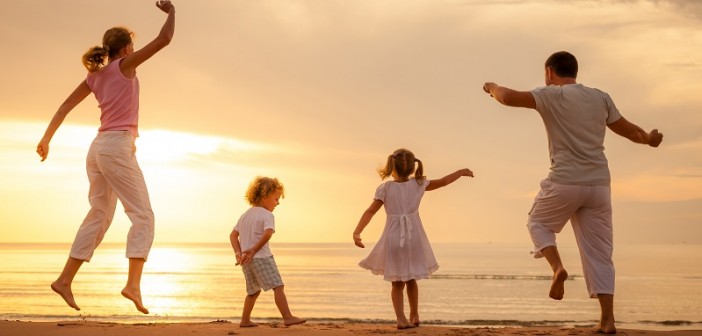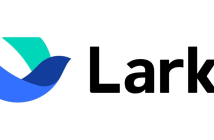As a parent, you have likely marveled at how captivated your children are by the many animated films that have made their way onto movie and television screens in recent years. From Toy Story and Shrek to Up and the most recent phenomenon, Frozen, modern animated features have become hugely popular with younger audiences and older ones as well. As you watch these features though, you might well be wondering how they came to be made and what the technology behind them is.
Many of the modern animated films that families have grown to love have a different look to them than the classic animations of the original Disney films – Snow White and the Seven Dwarfs or Bambi, to use just two examples. The development of motion capture technology for films has had revolutionary effects and is at the heart of many of the huge movie successes of recent years.
Motion capture, also known as performance capture, extends beyond solely animated features though. For example, it is key to the effects used in the Lord of the Rings and The Hobbit films. Transferring the character of Gollum from book to screen relies on the successful use of motion capture technology, with the actor in question – Andy Serkis – dressed in a specially-made lycra suit. With motion capture, the actor/performer wears a series of sensors on their body and multiple cameras with special functions to shoot their movements, which are then replicated on a computer to make a 3D model. This can then be imported into the animation process, bringing the character to life on the screen and making them look as if they were part of the scenery all along.
With the Lord of the Rings, the technology involved was particularly noteworthy, with computers able to capture instantly the movements of Serkis and to translate the captured visual data into a rough draft, which director Peter Jackson was able to see and direct on the set, and in real time. If you have wondered how the facial expressions of a character like Gollum come to be, then the answer is relatively straightforward. A special helmet cam tracks painted dots that computer software can then render into the corresponding expressions of the character. Any additional moves by the character that are required for the completed film can be augmented using computer technology by itself.
As a parent, you will likely be more than familiar with the feeling of excitement among your kids when a new animated film is released and how each time that this happens the animation seems bigger and better than it did before. Animation software has certainly come a long away in recent decades, with the shift from 2D to 3D technology of particular note. Of course, traditional animation skills remain hugely important and it is the combination of natural creative talent with technology – rather than either in isolation – that is driving the success of animated films like Frozen.
Filmmaking is a process, of course, and a long one at that. The pre-production process is when the initial idea is turned into a full story, typically with the help of storyboards, which is a series of drawings that capture how the story will play out and allow various groups involved in the production to visualize the plot for themselves. The drawings, once they have been approved, are turned into digital images to make what is called a story reel, with temporary sound effects, dialog and music added to give those watching it an approximate sense of what the finished film would look like. The next stage is the production process and for the type of animated film that families have become used to seeing, this will involve the creation of a 3D layout that the animators can then model the various characters and scenes around. In post-production, the various scenes will be grafted together and the director will oversee the sound and editing functions with the relevant professionals to ensure the film is finished to as high a standard as possible.
An interesting part of the production process is the casting of actors for the voices of the animated characters. Makers of animated films typically listen to the voice rather than focus on the looks of the actor in question, although they do make videos of the actors reading out their parts and those videos can provide useful reference points for the animation process.
So, the next time your kids sit down to watch one of their favorite animated films you can offer a quiet word of thanks to the technology wizards behind motion capture technology and other technological developments for conjuring up some of the magic that keeps your family entertained.





I have watched a documentary about this topic a few weeks back. It requires a lot of hard work to create an animated film. It is more complicated than an general movie. Every character have to be unique and the toughest part is when it comes to dubbing. 🙂